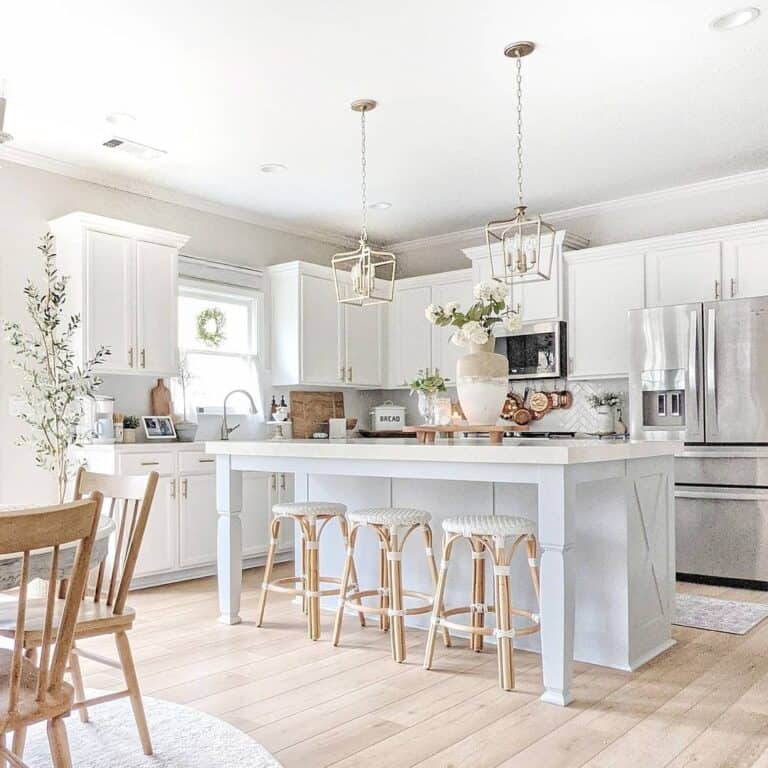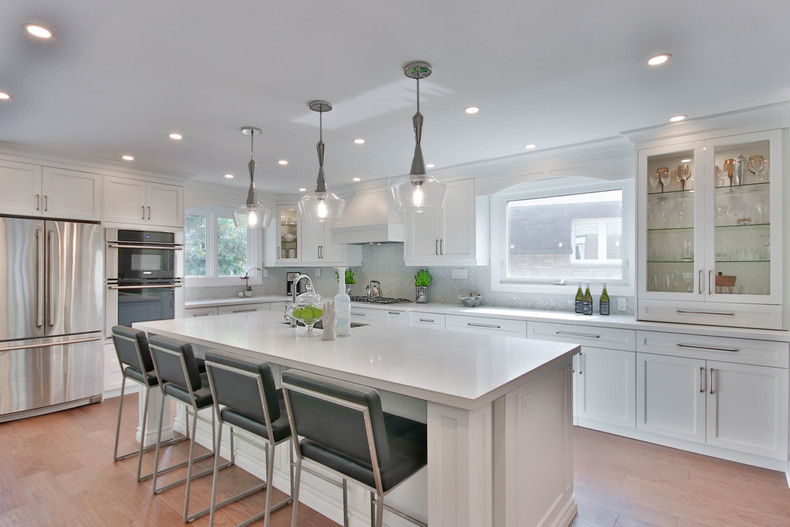Achieve the Perfect Balance of Kind and Feature with Legs For Kitchen Island
Achieve the Perfect Balance of Kind and Feature with Legs For Kitchen Island
Blog Article
Necessary Variables to Think About When Selecting Legs For Kitchen Island
Selecting the ideal legs for a cooking area island includes a mindful assessment of multiple variables that can considerably affect both capability and aesthetic charm. As we check out these aspects, it comes to be clear that each decision can have significant effects for the total kitchen area experience.
Material Options
When selecting legs for a kitchen island, recognizing the different product alternatives is vital for achieving both aesthetic appeal and architectural honesty (Legs For Kitchen Island). The option of product dramatically affects not just the resilience of the island but also its total style and performance
Wood is a prominent choice, using heat and convenience. Strong woods, such as oak or maple, give toughness and can be tarnished or painted to match the kitchen style. Steel legs, usually made from stainless-steel or wrought iron, contribute a industrial and contemporary feel while making sure longevity and security. These materials are immune to put on and can sustain substantial weight, making them excellent for bigger islands.
An additional choice is engineered products, like MDF or plywood, which can be more cost-efficient while still supplying a variety of finishes. Nonetheless, they may not give the same degree of security as strong wood or steel. Products such as acrylic or glass can develop a contemporary appearance, though they might call for extra support to make certain stability.
Inevitably, the option of material for kitchen island legs must straighten with the preferred functionality and the general style of the cooking area.
Design And Style

When taking into consideration design, the shape and coating of the legs are essential. Tapered legs can supply a feeling of agility and elegance, while thicker, more durable legs can convey toughness and stability. In addition, the surface-- be it repainted, discolored, or natural-- ought to complement the kitchen cabinetry and counter top materials to produce a unified appearance.
Additionally, the design of the legs can additionally reflect individual taste. Personalized or decorative legs, such as those including detailed makings or distinct geometric shapes, can function as centerpieces, adding character and personality to the kitchen. Inevitably, the best option will not just improve performance but additionally boost the visual allure, making the kitchen island a standout function of the home.
Height Considerations
Picking the ideal height for kitchen island legs is vital, as it straight influences both capability and comfort. The typical height for a kitchen island typically ranges from 36 to 42 inches, aligning with usual kitchen counter heights. A 36-inch height is optimal for cooking and cooking, enabling comfortable usage of cooking area appliances and devices. On the other hand, a height of 42 inches is frequently preferred for islands planned for bar seating, suiting taller feceses and using a laid-back dining experience.

It is additionally important to make up users' choices and elevations. Tailoring the height can guarantee a comfortable experience for all relative, making the cooking area island a more delightful and useful room.
Weight Support
Making certain adequate weight support for cooking area island legs is important for both security and capability. The kitchen area island frequently offers several purposes, including cooking, dining, and extra storage, necessitating a robust support structure. When choosing legs, it is vital to take into consideration the general weight ability required based on the island's planned usage and the materials that will be put on it.
The choice of material for the legs plays a substantial function in their weight-bearing abilities. Solid wood, metal, and sturdy composites usually supply superior stamina compared to lighter materials. Additionally, the layout of the legs-- whether they are directly, tapered, or have a pedestal form-- can affect their capability to disperse weight efficiently throughout the framework.
In addition, the leg positioning should be strategically intended to enhance security. Legs placed at the corners or with a wider base can better support heavier tons. Constantly seek advice from the supplier's requirements concerning lots limits to make certain that the legs can sustain the desired weight without compromising safety. In summary, picking cooking area island legs with sufficient weight assistance is essential for creating a risk-free and functional cooking room.
Installation and Maintenance
Correct setup and maintenance of cooking area island legs are critical for ensuring longevity and stability. This frequently includes protecting the legs to the island base utilizing ideal fasteners, making sure that the legs are degree and lined up.
As soon as installed, routine maintenance is necessary to preserve the integrity and look of the legs - Legs For Kitchen Island. For wooden legs, regular cleaning with a wet cloth and application of suitable timber polish can avoid moisture damage and maintain their coating. Metal legs may require a mild cleaning remedy to remove grease and gunk, followed by a dry fabric to avoid rust development
Additionally, inspect the legs regularly for indicators of wear or damage, such as fractures or loosened joints. Tightening screws or screws as required can look at this now likewise extend the life-span of the legs. By adhering to these installation and maintenance practices, home owners can best site make sure that their cooking area island continues to be durable and aesthetically appealing for many years ahead.
Verdict

Aesthetic coherence is extremely important in choosing the design and style of legs for a kitchen area island, as these aspects substantially affect the overall setting of the space. Conical legs can provide a feeling of agility and beauty, while thicker, much more robust legs can share strength and security.Selecting the proper height for kitchen island legs is crucial, as it directly influences both performance and convenience. In recap, choosing kitchen island legs with ample weight support is important for creating a safe and functional culinary room.
In conclusion, picking legs for a kitchen area island necessitates cautious factor to consider of various elements, consisting of material options, design, elevation, weight support, and installment.
Report this page